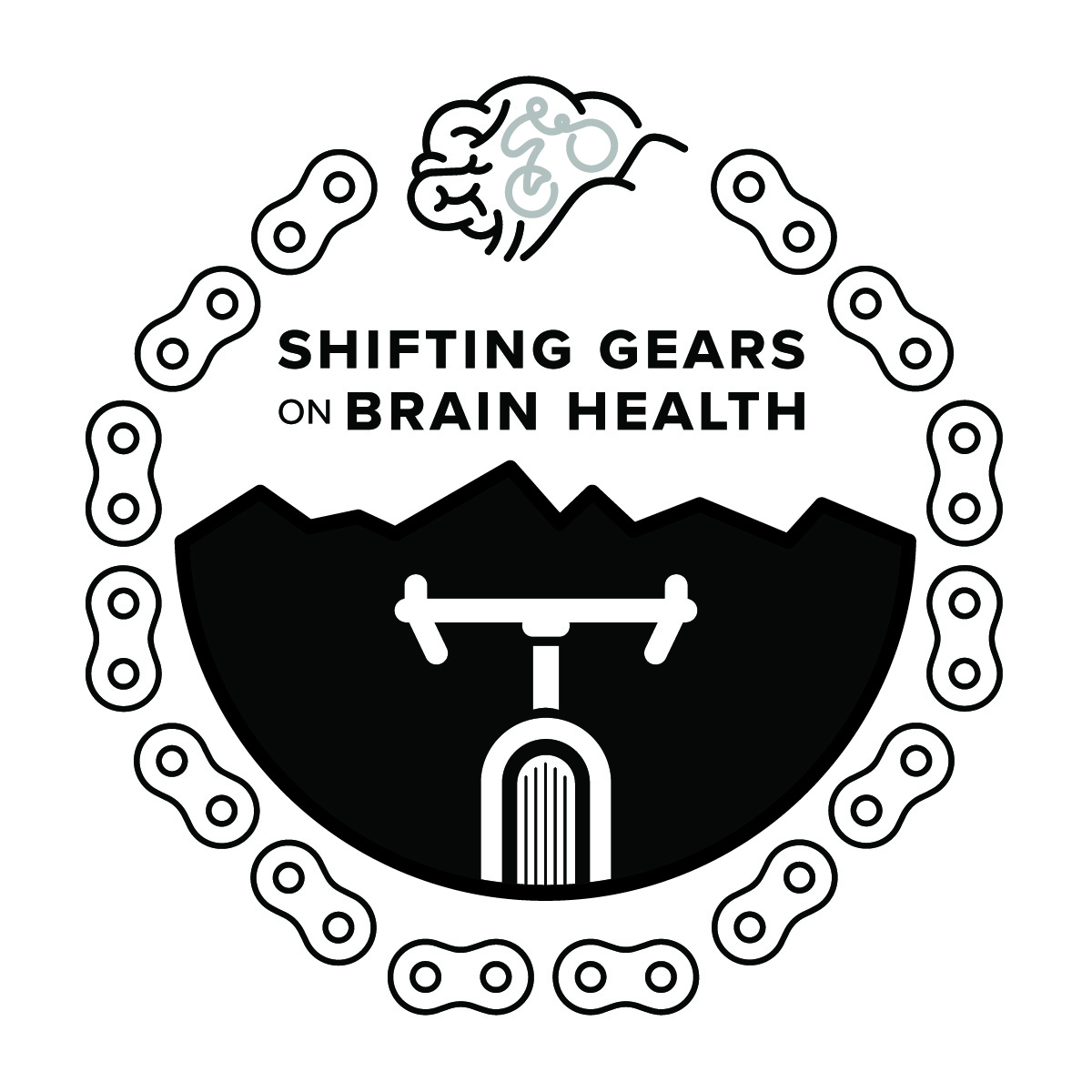By Powell Brown and Barrett Brown
The COVID-19 pandemic brought mental health — or, as we like to call it, brain health — to the forefront of workplace policy. It amplified these challenges in our communities and made health services harder to access.
As more people struggled with brain health, we started looking for more ways to support each other.
Our journey to prioritize brain health at Brown & Brown started in 2018 after losing three teammates to suicide. Powell’s first ride for brain health took place in 2019, and we are committed to continuing with our current initiative, Shifting Gears on Brain Health.
We are motivated to do this because we care about the brain health and well-being of our families, friends, teammates and communities. But beyond that, championing brain health is also good for business — ours and yours. The cost of poor brain health to U.S. businesses is estimated to be as much as $187 billion.[1] Almost half of workers blamed mental health challenges for decreased productivity in 2022.[2] Millennials (50%) and Gen Zers (81%) will also leave roles for mental health reasons, both voluntarily and involuntarily.1
Employee wellness is more than just a category of an employee benefits program; it is also a catalyst for higher teammate productivity, efficiency and a healthier bottom line.
Here are five ways businesses can transform their approach to employee wellness for a positive impact.
2. Build on common ground. Anyone who has participated in group exercises knows the feeling of building connections and relationships on a common interest. It’s this connection that keeps us healthy at work and at play. When you meet someone and find commonalities, that leads to a feeling of belonging and common ground.
3. Focus on your people. Insurance is a people-focused industry. Yes, it’s a business, but it’s a business built on our relationships. When we think too much from the business lens, we might say, “It’s all about the customer,” because that drives revenue. But we cannot provide the right level of customer service if we don’t have strong relationships within our team first.
When we build high-performance teams and organizations, we create groups that trust and support each other. While every team member has their own role to play, the strongest teams are built on the trust that other teammates will support you when you need it. You can only build this level of trust when health and open communication are prioritized.
4. Remember, health and wellness is a long game. It’s a mindset, not a box to check. Acknowledging its importance and value to your business does not mean you have to have it all figured out. One of the strongest things a leader can do for brain health is to show vulnerability and a desire to “figure it out” alongside the rest of the organization.
5. Model it. When the CEO of an organization disregards brain health, they make it uncomfortable for anyone else to step forward. The same can be said for managers and team leaders. Teams follow their leaders’ example, whether it’s finding work/life balance or being open about brain health challenges.
Shifting gears on brain health
We cycle for our health but also to support the brain health of others. We’ve set a goal to raise $6 million to directly support global nonprofit organizations working in areas of brain/mental health research, education, prevention and treatment.
Follow along as we take on the 470-mile journey through the French Alps to raise awareness and funds to support brain health. Please consider donating and join us in Shifting Gears on Brain Health.
